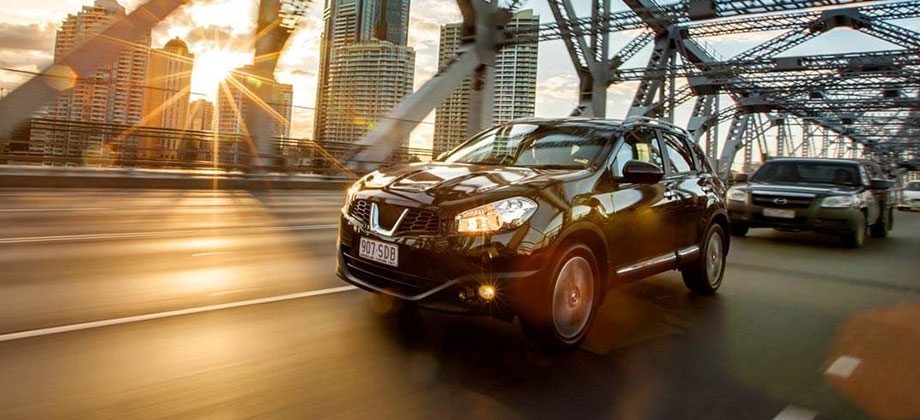Speeding
Travelling at inappropriate speeds increases the likelihood of a crash occurring, while physics dictates that the faster the speed, the higher the likely severity of injury caused in a crash.
If average travel speed can be reduced, it is expected that the number of people killed and seriously injured in crashes can be reduced also.
A number of studies into the link between speed and crashes have been undertaken, and common findings are:
- Small changes in mean average speeds can be expected to result in significant crash outcome changes and
- Serious injury and fatal crashes are more sensitive to speed changes than crashes generally (European Transport Safety Council 2008, p6)
The Organisation for Economic Co-operation and Development (OECD), of which Australia is a member, estimates that, at any one point in time, 50% of drivers are exceeding legal speed limits (European Transport Safety Council 2008, p7).
The difference between addressing illegal speeding and drink driving is therefore; that reducing speeding requires a larger number of non-compliers to change their behaviour, while there is a much smaller proportion of drivers who need to change their behaviour in relation to drinking and driving (European Transport Safety Council 2008, p7).
In 2010 there were 55 fatalities as a result of crashes involving speeding drivers or riders within Queensland, which represented 22.1% of the Queensland road toll (Department of Transport and Main Roads 2011, p10). Queenslanders can and do die in crashes where their vehicle is travelling at speeds higher than the speed limit, and/or too fast for the prevailing conditions.
The facts about speeding
Speeding is not only illegal, it's incredibly dangerous. Many people forget a speed limit is a maximum not a minimum and regularly push the limits and go an extra 10km/hr to try and get there faster. But does speeding really get you there any quicker? And is it worth the risk?
-
- Continue to educate the community about the dangers of driving at unsafe speeds by encouraging them to: - Adjust speeds to the prevailing road, traffic and weather conditions; - Understand that the speed limit is the maximum allowable speed under ideal conditions; and - Appreciate the dangers of driving too fast for the unexpected and the difference that even low-level speeding can make to crash outcomes.
- Maintain current speeding ‘tolerance’ levels in Queensland.
- Continue to research community beliefs and behaviours in relation to speeding.
- Target high risk groups of drivers and riders identified from speeding offence data by implementing a level of education and enforcement so they better understand the dangers of speeding and perceive a real risk of detection should they re-offend.
- Ensure the most effective allocation of enforcement resources and enhance public acceptance of where speed detection activities are carried out by regularly monitoring and reporting trends in speeds, crashes and violation rates at speed enforcement locations.
- Increase the scale of speed management activities across the Queensland road network and encourage acceptance of speed management programs by educating the public and media about why new initiatives/enforcement tools are introduced and how they work using supporting research.
- Collect, monitor and publicise information on speeding offences per hour of enforcement against the total number of vehicles checked for speeding by method of enforcement (e.g., LIDAR, Speed Cameras, Mobile Radar).
- Promote the fuel consumption benefits (and associated emissions and fleet cost benefits) of lower travel speeds to assist in encouraging compliance.
-
Department of Transport and Main Roads 2011, 2010 Year In Review Road Crash Report, Queensland Government, Accessed 23/05/12 from the Year in Review Road Crash Report 2010 (PDF, 190KB).
European Transport Safety Council 2008, ShLOW! Show me How Slow: Reducing Excessive and Inappropriate Speed Now: a Toolkit, European Transport Safety Council, Brussels, Belgium.
Queensland Transport 2008, Queensland Road Safety Action Plan 2008-2009: safe4life, Queensland Government, Brisbane, Queensland, Australia.
